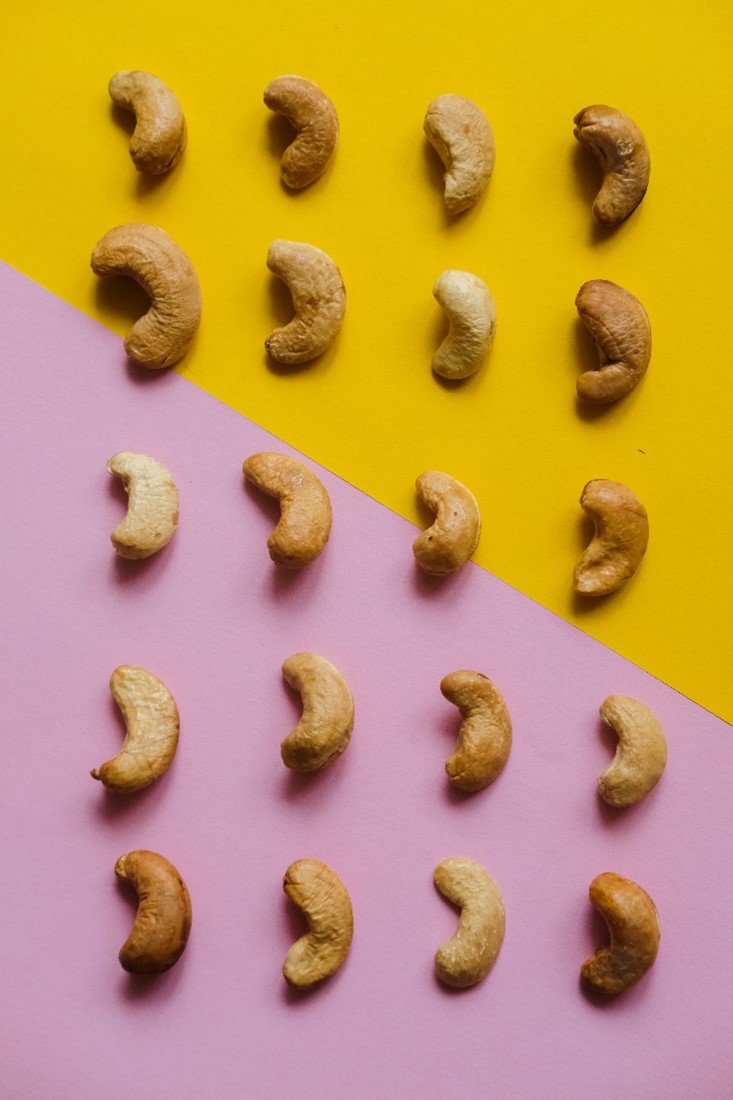The cashew nut is widely known as the Caju badam. Its scientific name is Anacardium occidentale. Like its wide popularity, the fruit holds a fascinating history and origin. Caju is local to Brazil and was later introduced to the Indian subcontinent by Portuguese merchants and explorers. Tropical parts of the world are the top growers but its versatility is spread to Africa, Southeast Asia and some regions of the Caribbean.
Though it’s a seed, Caju is celebrated as a nut and is renowned for its unique kidney-shaped form, and rich and creamy taste. It is a versatile ingredient in making delicious foods from savory curries even in sweet desserts. Like the diversified use of Cashew, the nutritional value is immense. Though it is a high-calorie and fat-containing food but side wise an excellent source of protein and minerals. Caju also contains heart-healthy mono-saturated fats and antioxidants. The nutritional facts are 157 calories 8.56 grams (g) of carbohydrate,1.68 g of sugar, 0.9 g of fibre, 5.17 g of protein, 12.43 g of total fat, 10 milligrams (mg) of calcium, 1.89 mg of iron, 83 mg of magnesium, 168 mg of phosphorus, 187 mg of potassium. If anyone has gallbladder issues or Kidney problems it’s safe to avoid it.
If taken in a moderate amount cashew can be a wonderful source of healthy nutritional demand in daily life.




